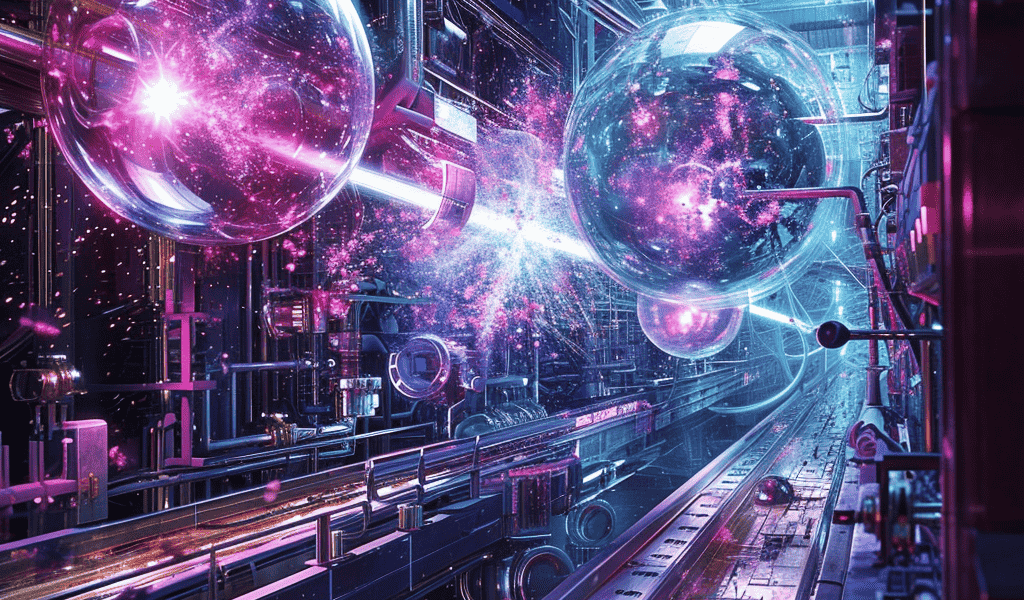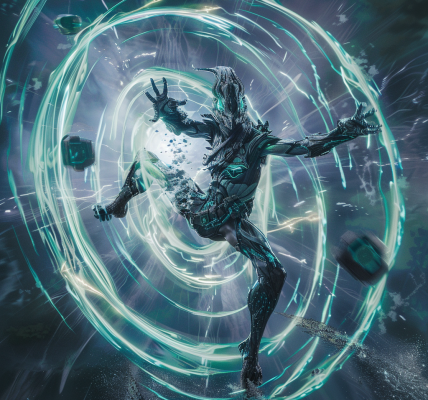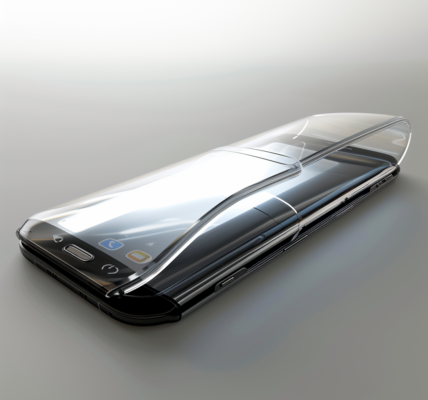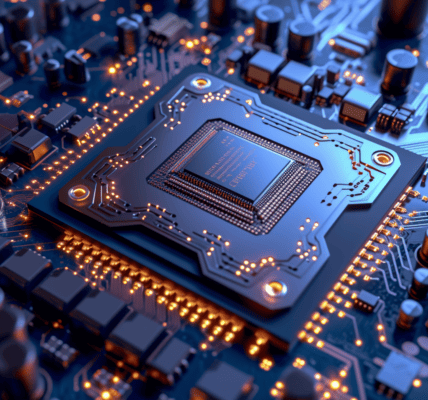New Method for Studying Atomic Nuclei Shapes and Building Blocks Developed by Scientists
Scientists have developed a new method for studying the shapes of atomic nuclei and their internal building blocks. This innovative approach relies on modeling the production of specific particles from high-energy collisions of electrons with nuclear targets, which will occur at the future Electron-Ion Collider (EIC).
The results of this study indicate that collisions exclusively producing single mesons, which are particles made of a quark and antiquark, can offer valuable insights into the large-scale structure of the nucleus, including its size and shape. This method will aid in revealing whether the nucleus resembles a cigar or a pancake. Additionally, higher-momentum mesons can provide detailed information about nuclear structure at shorter length scales, including the arrangement of quarks and gluons within protons and neutrons.
The implications of this work suggest that studying mesons produced in EIC collisions will yield novel insights into the structure of atomic nuclei. This method differs from traditional approaches, such as colliding two nuclei at relatively low energy to knock out a neutron or proton, or exciting nuclei in an electromagnetic field. Traditional methods primarily focus on the distribution of electric charge within nuclei, while the new method offers insights into the distribution of gluons, the particles responsible for binding the quarks that constitute these larger nuclear building blocks. This essentially provides a deeper form of ‘X-ray vision’ for atoms.
Theoretical work conducted by researchers at Brookhaven National Laboratory, the University of Jyvaskyla in Finland, and Wayne State University has established a framework for studying nuclear structure at the future EIC. The EIC, a cutting-edge nuclear physics research facility under construction at Brookhaven Lab, will benefit from this research. The study indicates that EIC collisions exclusively producing single vector mesons will be sensitive to the detailed structure of the nuclear target, with the target potentially remaining intact or breaking up during the collisions. In the event of a breakup, the cross section, which measures the probability of the process occurring, becomes sensitive to fluctuations in the target driven by position fluctuations of the neutrons and protons. The new findings demonstrate that when the target is deformed, these fluctuations undergo significant modifications, thereby altering the measured cross section.
Given that the measurements are performed at much higher collision energy compared to traditional nuclear structure experiments, the interactions are sensitive to the gluon distributions inside the protons and neutrons of the nucleus. Consequently, measuring gluon distributions within the nucleus, as opposed to the distribution of electric charge, will provide new and valuable insights into nuclear structure.





